Scientists Find the “World’s Deepest Blue Hole” and Cannot Reach the Bottom
Scientists have discovered what they claim to be the world’s deepest sinkhole off the coast of Mexico, yet researchers have not been able to reach the bottom.
The exciting yet terrifying hole lies off Mexico’s Yucatan Peninsula. Data retrieved by scuba divers suggest it descends at least 420 meters below the water’s surface.
The Last Frontier For Scientists
The depths of the world’s oceans remain the last frontier that researchers and scientists have yet to fully understand.
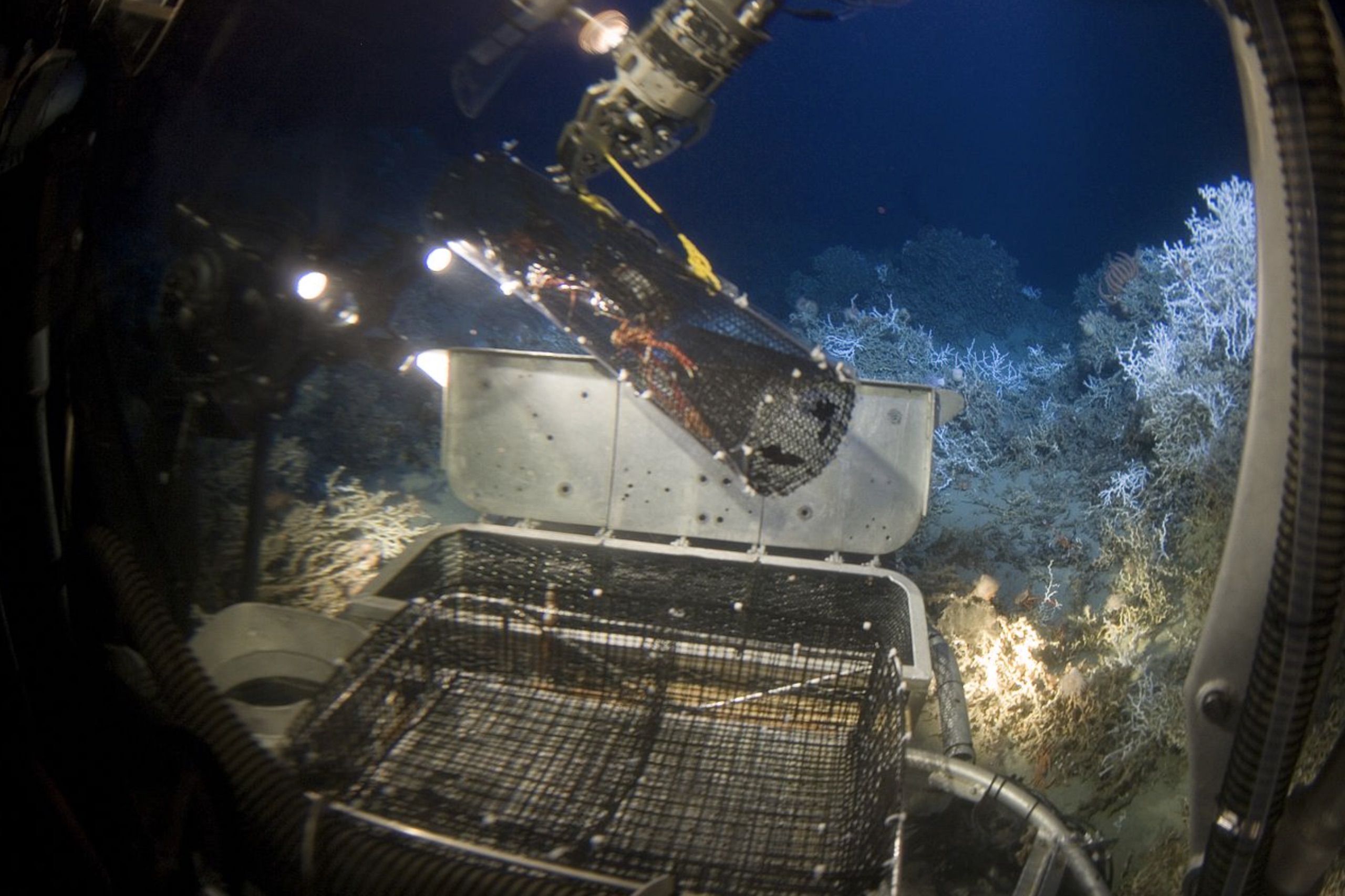
Source: Wikimedia
According to NOAA Ocean Exploration, scientists have only explored around 5% of the world’s oceans despite them making up over 70% of the Earth’s surface.
New Discoveries With Each Passing Year
With each passing year, new discoveries are made in oceans around the world that further our understanding of the liveable space that holds more life than anywhere else on the planet.
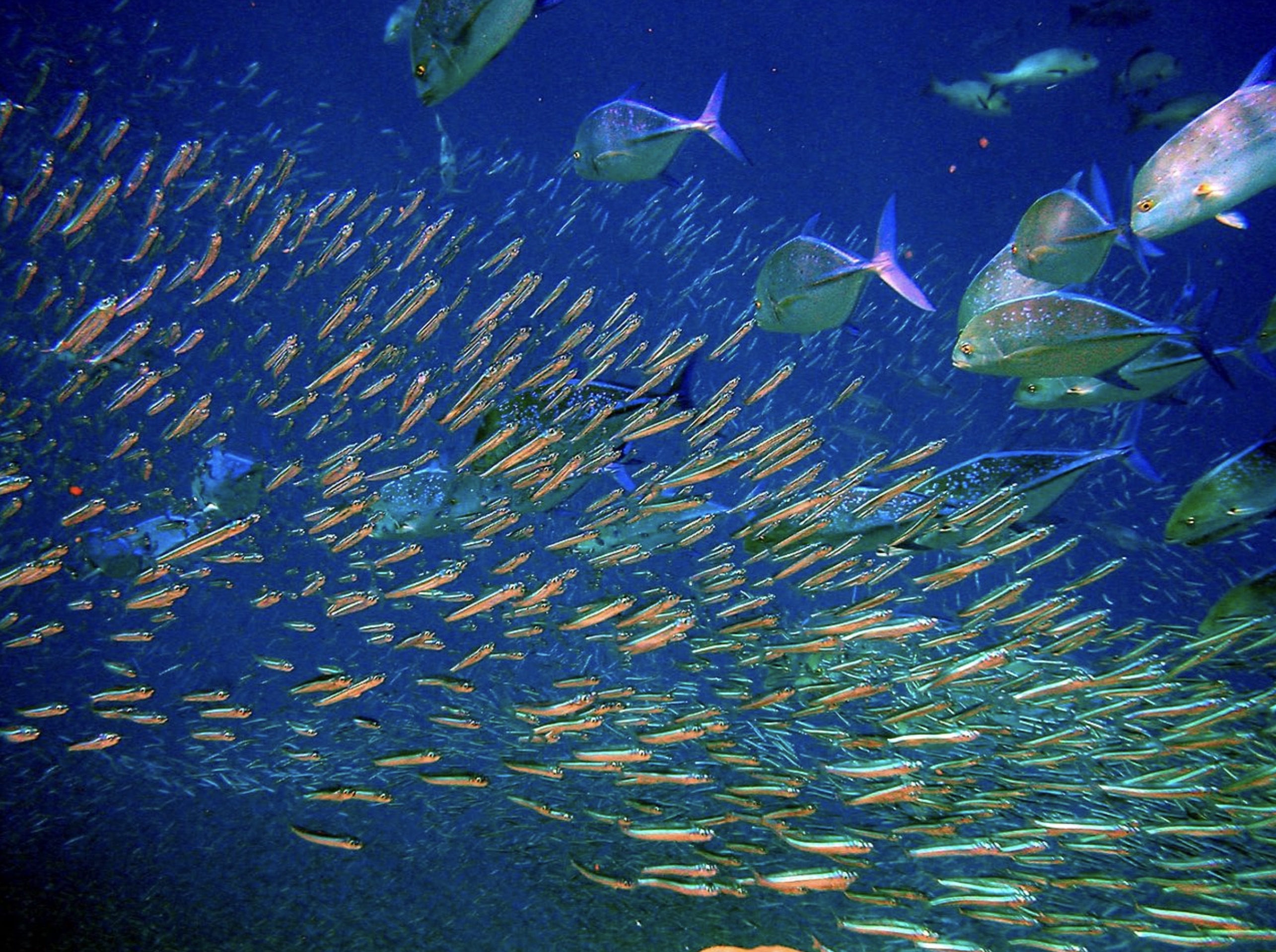
Source: Wikimedia
One exciting discovery deemed the “deepest known blue hole” in the world has been sending shockwaves through the scientific community.
What Are Blue Holes
Blue holes are essentially underwater sinkholes that are relatively similar to those found on land. The name refers to the difference between the dark blue water found at their depths and the light blue water of the shallows surrounding the hole.
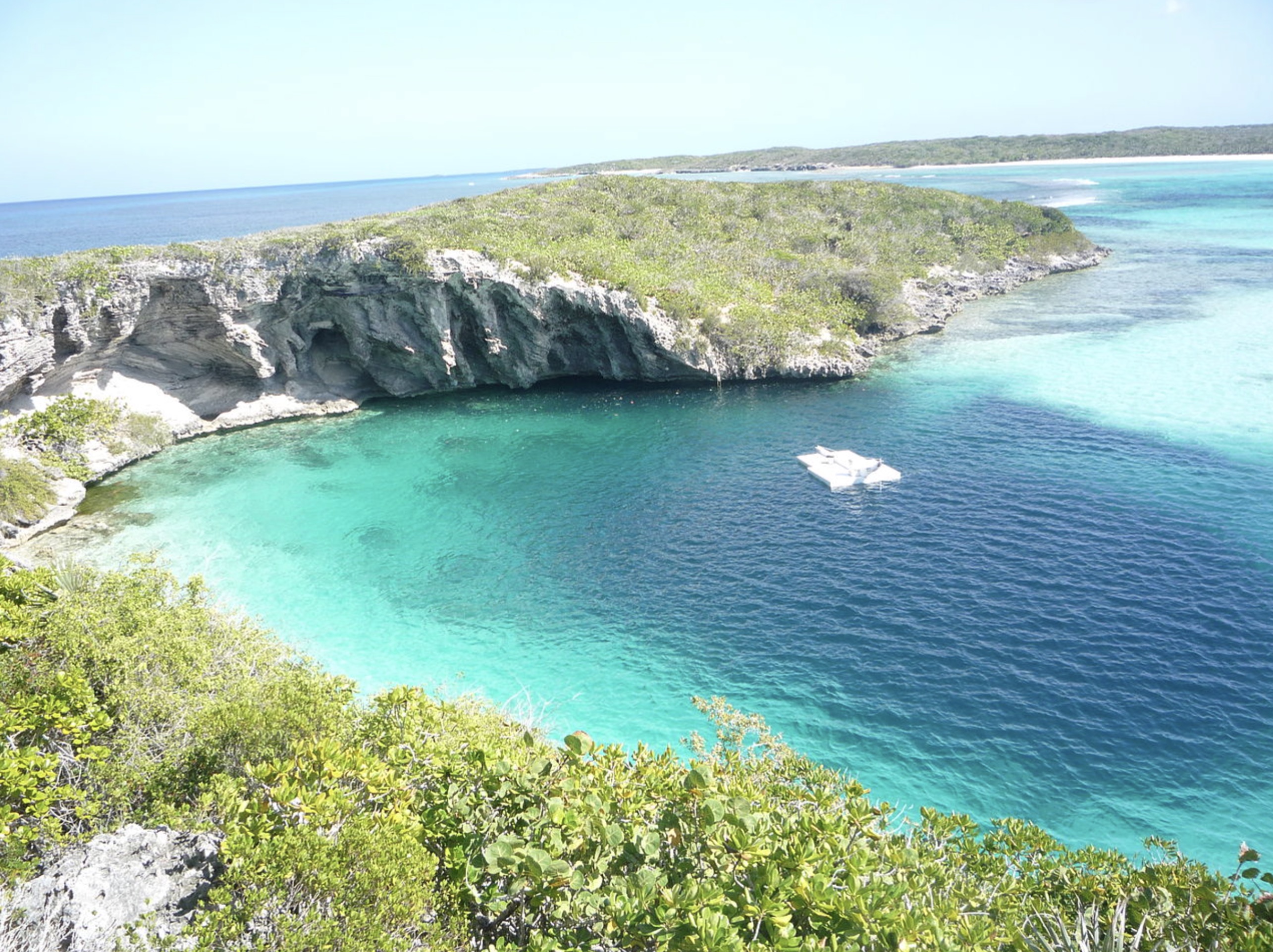
Source: Wikimedia
The shape and size of the blue holes greatly vary. However, most are home to a variety of animals and plants.
Taam Ja' Blue Hole in the Yucatan
Just off the southeastern coast of Mexico’s Yucatan Peninsula, researchers discovered a deep blue sinkhole now known as Taam Ja’ Blue Hole (TJBH).
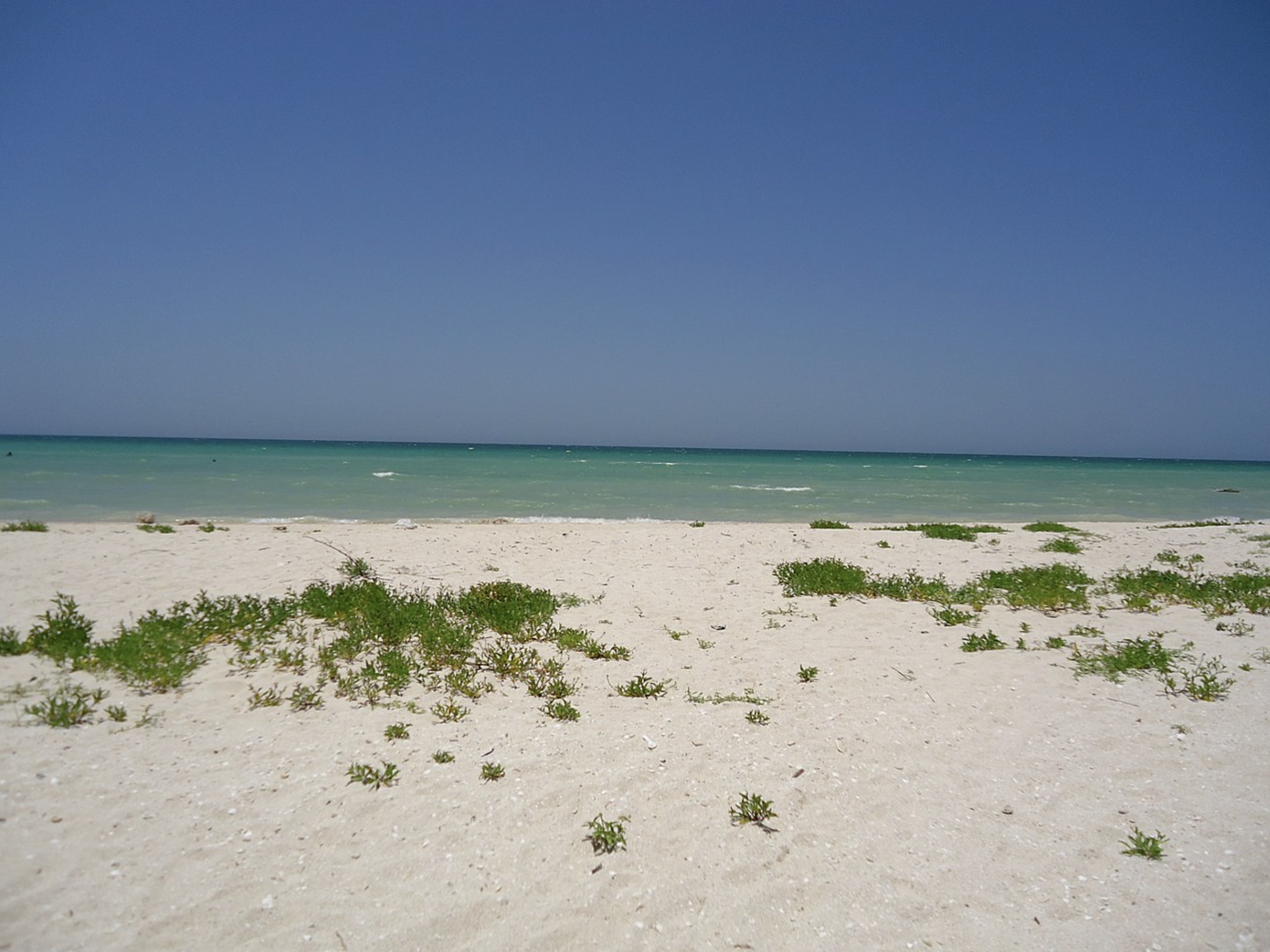
Source: Wikimedia
According to scientists, they have yet to reach the bottom of the hole, which is at least 420 meters (1,380 feet) deep.
Scuba Divers Enter Into the World’s Largest Hole to Retrieve Data
At the tail end of last year, a team of scuba divers successfully conducted an expedition into the depths of the hole to retrieve data.
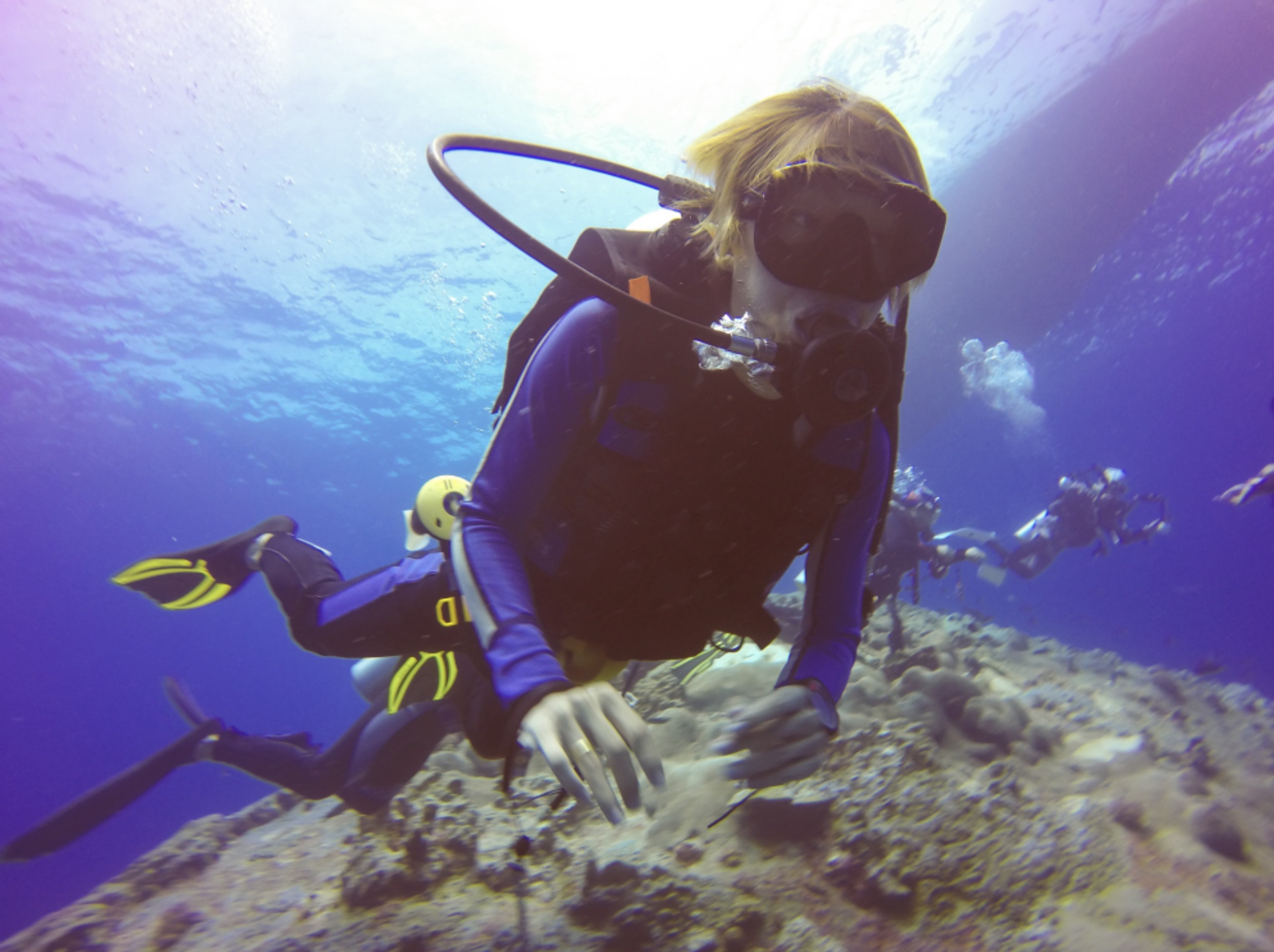
Source: Freepik
Researchers wrote in a study published in Frontiers in Marine Science that “On December 6, 2023, a scuba diving expedition was conducted to identify the environmental conditions prevailing at the TJBH.”
Scuba Team Takes Measurements Inside World's Deepest Blue Hole
The scuba divers were tasked with collecting data centered on the temperature and the depth of the hole.

Source: Freepik
They were also tasked with measuring the hole’s conductivity. All of the measurements were conducted using a special probe capable of transmitting the data directly to the surface in real-time.
Data Reveals Taam Ja' Blue Hole is The World's Deepest Blue Hole
After carefully examining the data, researchers concluded that the Taam Ja’ blue hole is the deepest in the world.
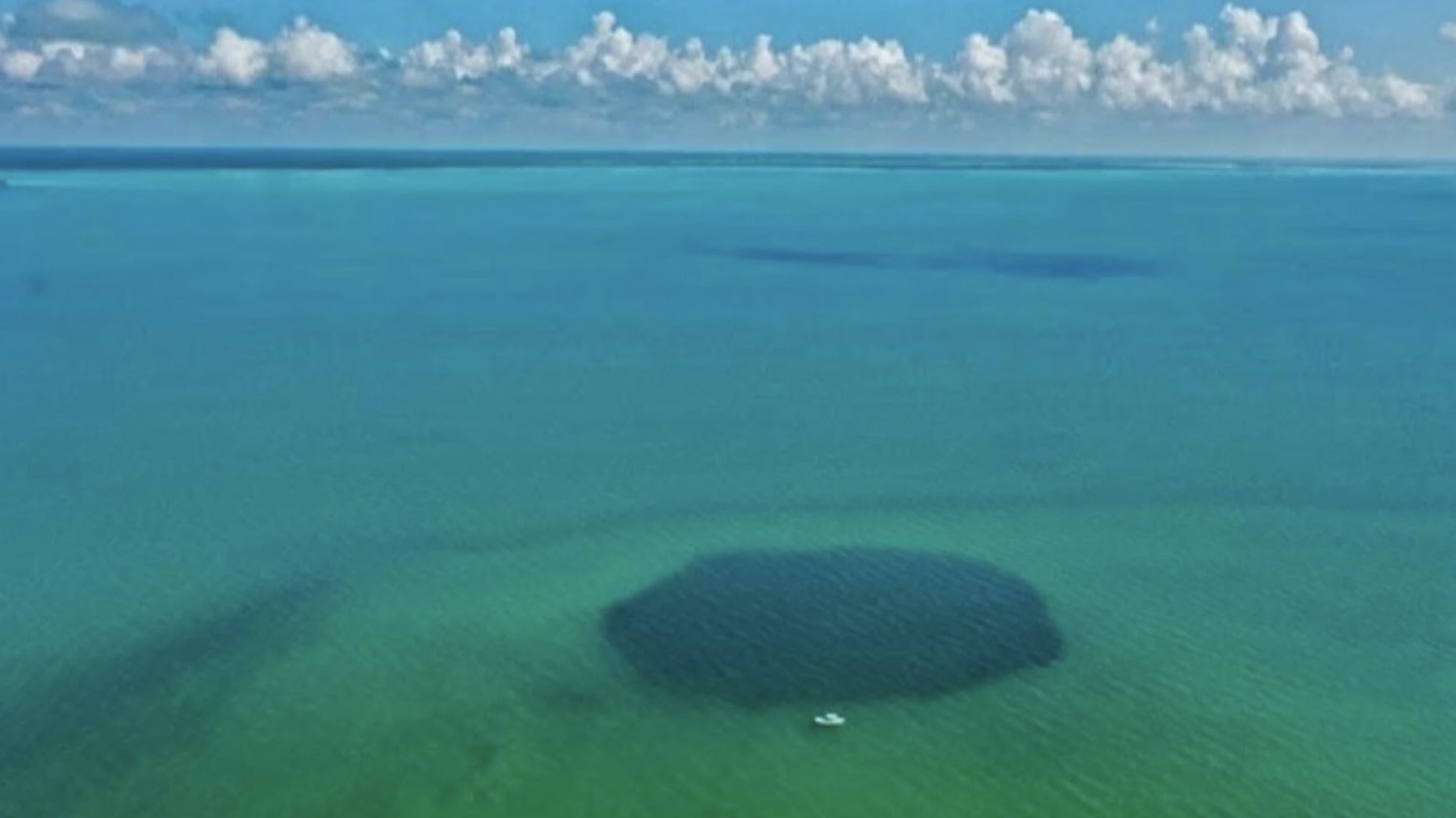
Source: Frontiers in Marine Science
The researchers went on to confirm in their study that they weren’t able to reach the bottom of the hole.
Future Study On the Underwater Abyss
The researchers will continue to study the underwater abyss in the future, hoping it will help them better understand deep-water blue holes.
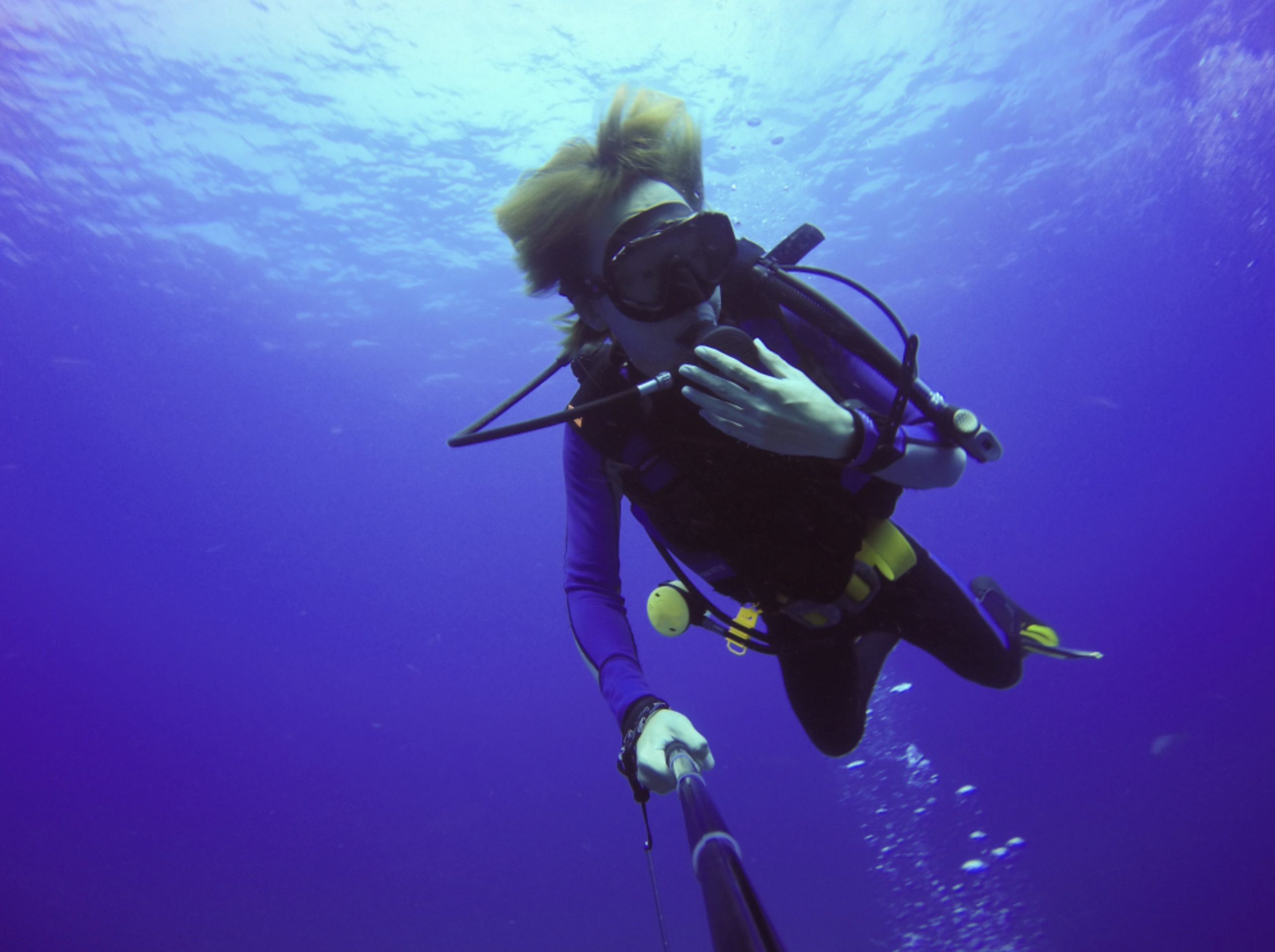
Source: Freepik
According to the paper’s authors, the extensive hole may harbor “biodiversity to be explored.”
Deep Blue Hole Connected to the Ocean Via Caves
During the initial analysis of the data, researchers noticed different layers of water inside the Taam Ja’ Blue Hole. Around 400 meters within the hole, the salinity conditions and temperature were strikingly similar to those of the Caribbean Sea.

Source:Freepik
This led researchers to surmise the blue hole may be connected to the ocean through an intricate network of hidden caves and tunnels.
Taam Ja' Blue Hole Breaks a Record
The Taam Ja Blue Hole became the deepest known blue hole in the world following its discovery.
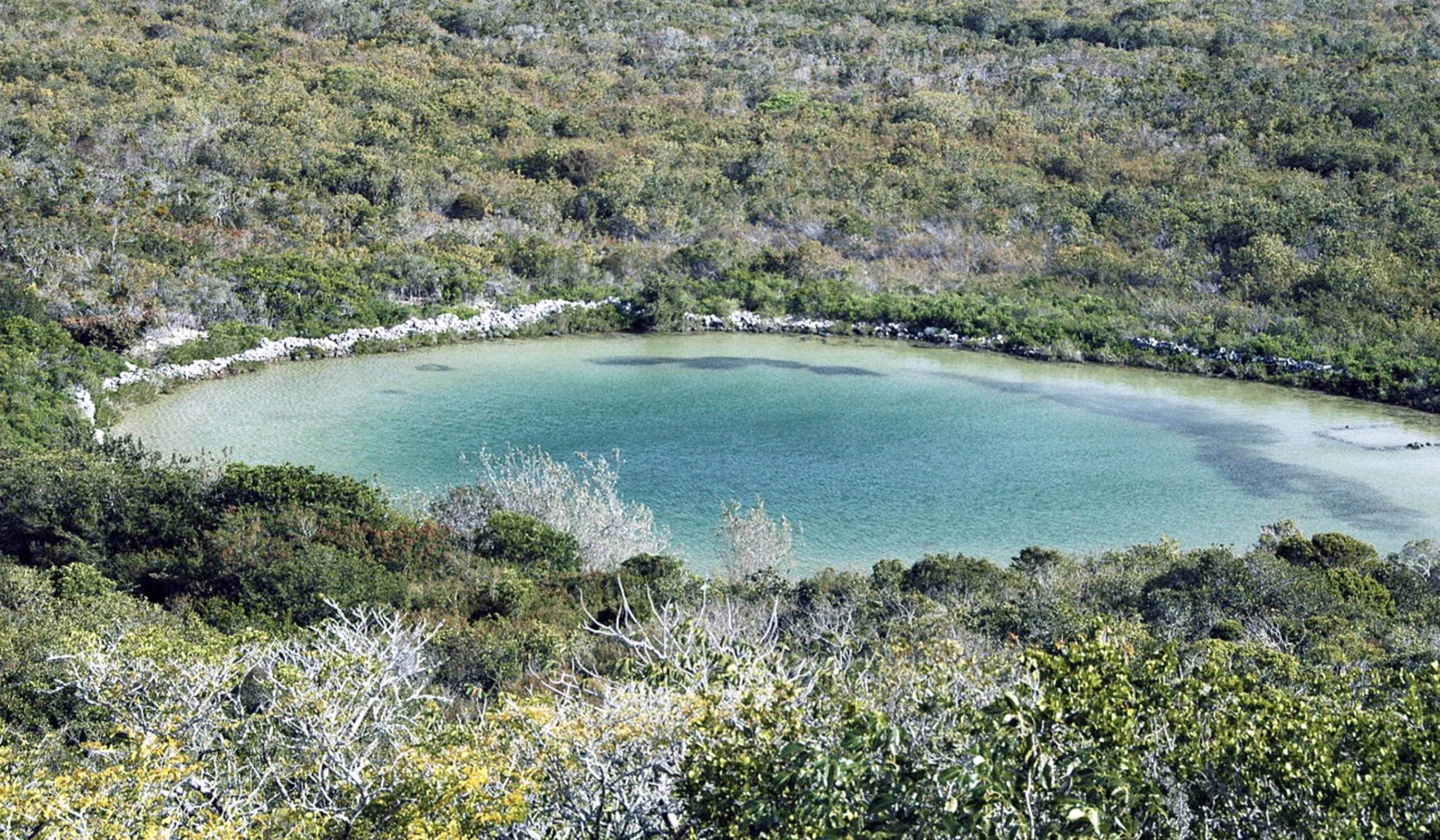
Source: Wikimedia
Before this, the record was held for the Sansha Yongle Blue Hole, aka the Dragon Hole, in the South China Sea, stretching just over 300 meters.
More Research is Required at Taam Ja’
Taam Ja’ stretches down over 145 meters more than the Sansha Yongle Blue Hole and has left scientists questioning just how far it reaches.

Source: Freepik
A lot more research will be required to unravel the mysteries surrounding this blue hole. Scientists hope to eventually measure its depth and use the information to better understand the sinkholes in the world’s oceans.
